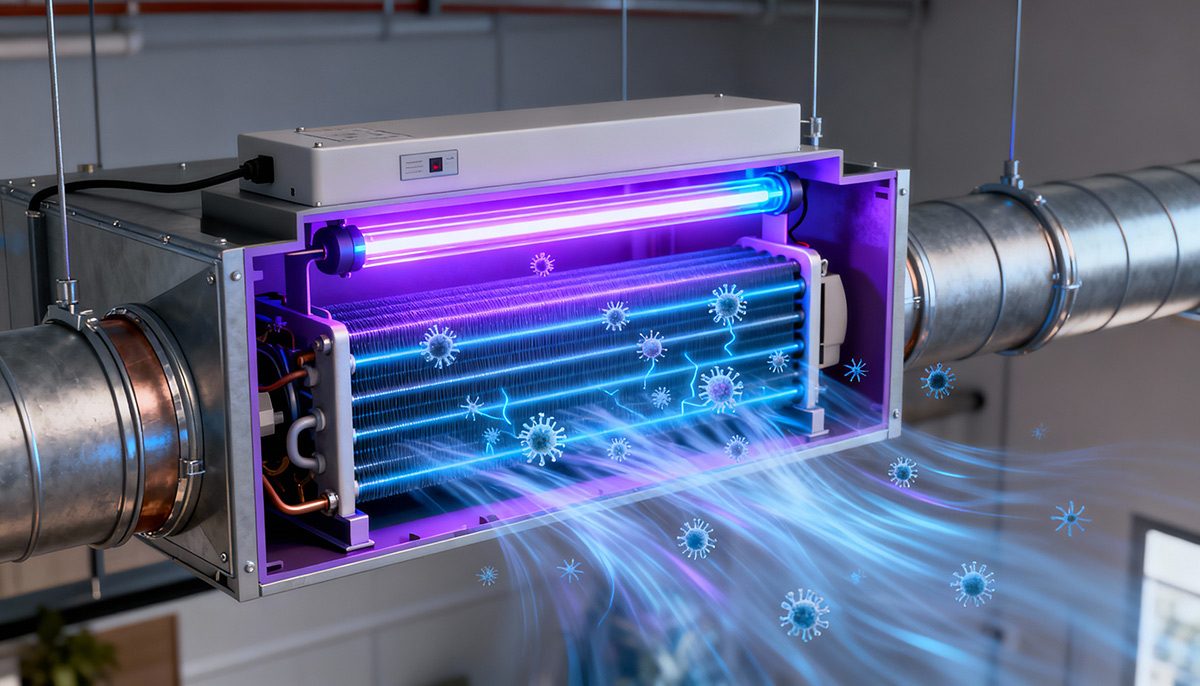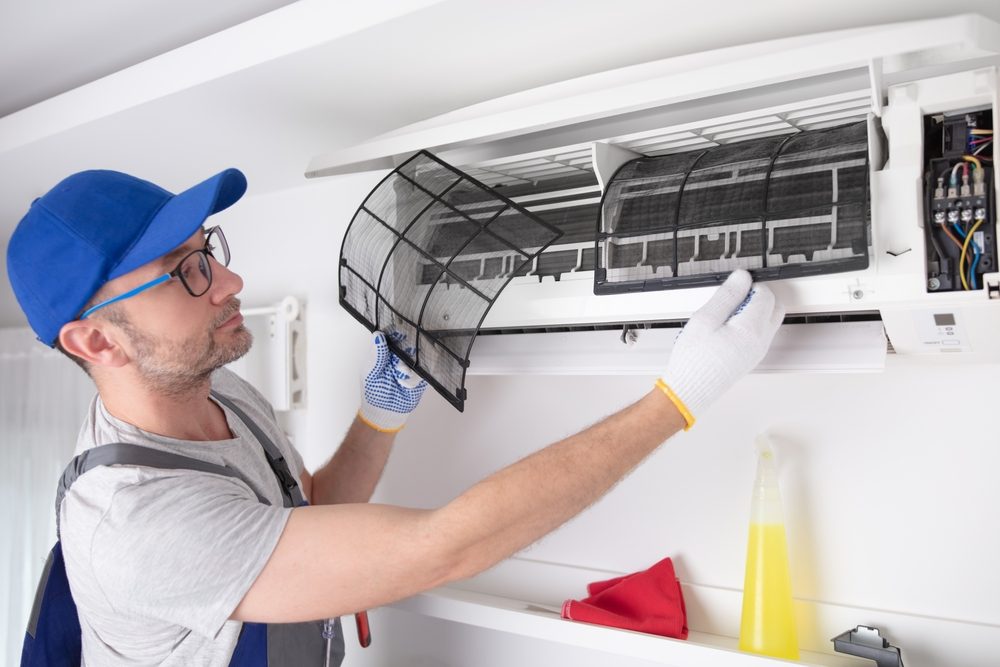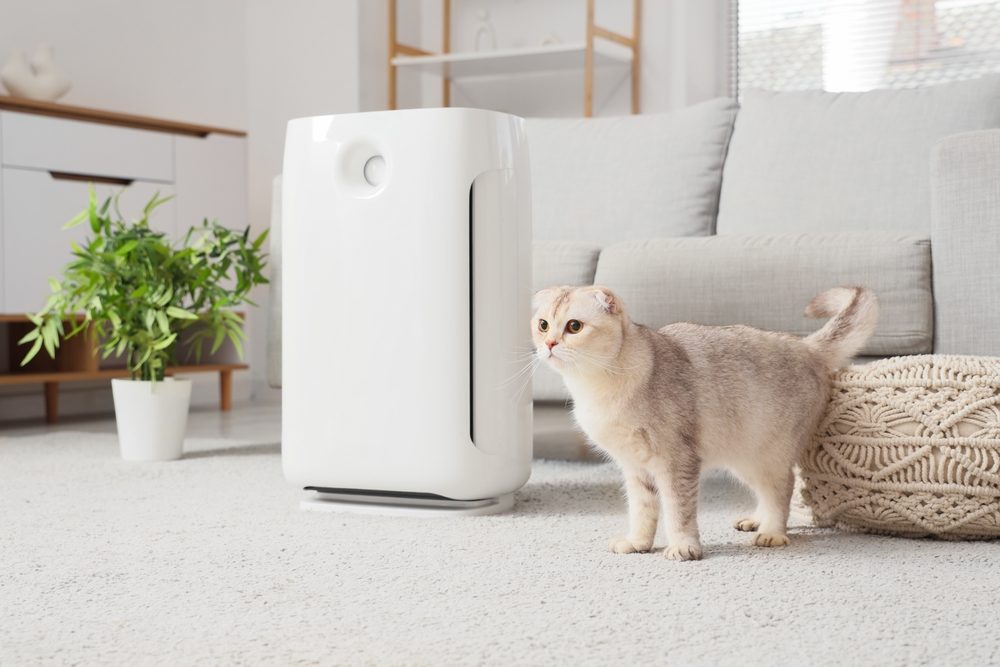
In the world of modern cooling technology, multi-split air conditioner systems are a versatile and efficient solution for maintaining comfortable indoor environments. These systems offer a unique combination of flexibility, energy efficiency, and individualised control, making them a popular choice for residential and commercial spaces.
This article takes an in-depth look at multi-split air conditioning systems, starting with their key components and how they work. It describes the advantages they offer, from space-saving designs to tailored climate control, and discusses the critical factors to consider before installing one.
Whether you’re planning to upgrade your current cooling system or researching options for a new build, this guide provides the insights you need to make an informed decision.
How a multi-split air conditioner system works
A multi-split air conditioning system comprises multiple indoor units connected to a single outdoor compressor. These connections are made through refrigerant lines, avoiding the need for bulky ductwork. The indoor units are linked to the outdoor compressor via condensate drainpipes and electrical cables.
Multi-split air conditioners operate similarly to single systems. They use a heat pump to either absorb or release heat, maintaining the desired temperature within each space. Because of this, they are ideal for properties where precise temperature control in different rooms is important – such as a household where family members have varying temperature preferences, or in buildings where certain areas are used more frequently than others.
Many multi-split systems also come with advanced features like motion sensors, WiFi compatibility, air purifiers, or ionisers. These allow you to customise the indoor climate while helping to manage energy consumption effectively. You can tailor the system further by selecting units of varying capacities, such as a higher-capacity unit in a living room or kitchen where usage is high and quieter, more compact units in bedrooms for comfort and minimal noise.
Key components of a multi-split air conditioner system
A multi-split air conditioner system comprises two primary components: the outdoor unit and multiple indoor units. These work in harmony to deliver efficient and customized cooling to different areas within a property. Let’s look at these and the additional components in more detail:
Outdoor unit: The outdoor unit is the heart of the system, housing critical components such as the compressor, condenser, and expansion valve. These parts compress and circulate refrigerant through the system, enabling heat transfer to or from the indoor environment. The outdoor unit is designed to withstand varying weather conditions and is typically installed on the building's exterior wall, the rooftop, or at ground level.
Indoor units: The indoor units are installed in individual rooms or zones that require temperature control. These units come in various designs to suit different preferences and spaces, including wall-mounted, ceiling-mounted, and floor-standing models. Each unit includes an evaporator coil and a fan, which work together to cool or heat the air in the room.
Refrigerant lines: Refrigerant lines connect the indoor and outdoor units, allowing the refrigerant to circulate between them. These lines carry the refrigerant in both liquid and gaseous states as it undergoes heat exchange. The use of refrigerant lines eliminates the need for extensive ductwork, making installation simpler and more versatile, particularly in properties where ducts are impractical.
Electrical connections: Electrical wiring connects the indoor units to the outdoor unit, ensuring the entire system is powered and controlled. Each indoor unit operates independently, allowing users to customise settings for individual spaces without affecting the others.
Condensate drain lines: These lines remove moisture that accumulates during the cooling process. Condensate is collected from the indoor units and drained away to prevent water build-up and ensure the system operates efficiently.
- Control system: The system is controlled via a centralized remote or a smart app, allowing users to adjust the temperature, fan speed, and mode for each indoor unit. Advanced systems may include features such as timers, energy-saving modes, and smart home integration for seamless operation.
Advantages of a multi-split air conditioner system
Multi-split air conditioning systems provide a comprehensive and customizable solution for temperature control in homes and buildings. Let’s look at some of their advantages in more detail:
Convenience and efficiency: With the ability to connect several indoor units to a single outdoor unit, these systems deliver efficient performance even when only one indoor unit is in use. Their streamlined design ensures a quick and straightforward installation process while maintaining low noise levels and excellent energy efficiency.
Space-saving design: Unlike traditional systems that require multiple outdoor units, a multi-split system utilises just one. This not only conserves exterior space but also simplifies installation. The system’s ability to support longer piping runs further enhances its practicality, offering more layout options and minimising the need for additional outdoor equipment.
Enhanced installation flexibility: With extended piping lengths, multi-split systems are ideal for larger buildings and multi-storey structures. This feature allows for greater adaptability in system design, enabling effective cooling across expansive or uniquely configured spaces.
Independent climate control: Each indoor unit operates independently, giving users complete control over individual spaces. Features such as on/off switching, temperature adjustments, fan speed, airflow direction, and timers can be managed separately for each unit using dedicated remote controls. This flexibility ensures tailored comfort for different rooms or zones, meeting the specific preferences of occupants.
Factors to consider before installing a multi-split air conditioner system
When planning to install a multi-split air conditioning system, it's essential to evaluate several factors to ensure your choice aligns with your needs. Here are the primary aspects to keep in mind:
Room size: Begin by assessing the size of the rooms you want to cool or heat. Multi-split systems are available in various capacities, so selecting one that suits the square footage of each room is crucial. Choosing a unit that is too large may result in energy wastage, while one that is too small could struggle to maintain the desired temperature.
Local climate: The climate in your region significantly influences the capacity of the system required. In hotter areas, a more powerful unit is necessary to handle high temperatures effectively, whereas milder climates can often be serviced by smaller, more efficient systems.
Budget: Establish a clear budget that accounts for both the cost of the system and professional installation. While multi-split systems vary in price, investing in professional installation is essential to ensure efficient and reliable performance. Keep in mind that higher initial costs can translate into long-term savings through improved energy efficiency.
Brand and manufacturer: Research the reliability and reputation of various manufacturers and brands. Look for reviews and seek recommendations from trusted sources to identify a supplier known for high-quality and durable products.
Energy efficiency: Focus on the energy efficiency of the system by checking its SEER (Seasonal Energy Efficiency Ratio) rating. A higher SEER rating indicates better efficiency, which can lead to lower energy costs and a reduced environmental impact. Opting for an energy-efficient system benefits both your wallet and the planet.
About Daikin
Daikin is a global leader in HVAC and refrigeration, driving innovation and promoting sustainability across an extensive product portfolio. From advanced air conditioning systems and chillers to VRV systems, air handling units (AHUs), fan coil units (FCUs), and sophisticated control systems, Daikin offers tailored solutions for residential, commercial, and industrial needs.
At Daikin, we envision a future where comfort and environmental stewardship go hand in hand. With a workforce exceeding 98,000 employees across 170 countries and 115 production facilities, we are committed to protecting air quality and fostering a healthier environment for future generations. Connect with Daikin today to learn more about our innovative, sustainable air conditioning solutions.



